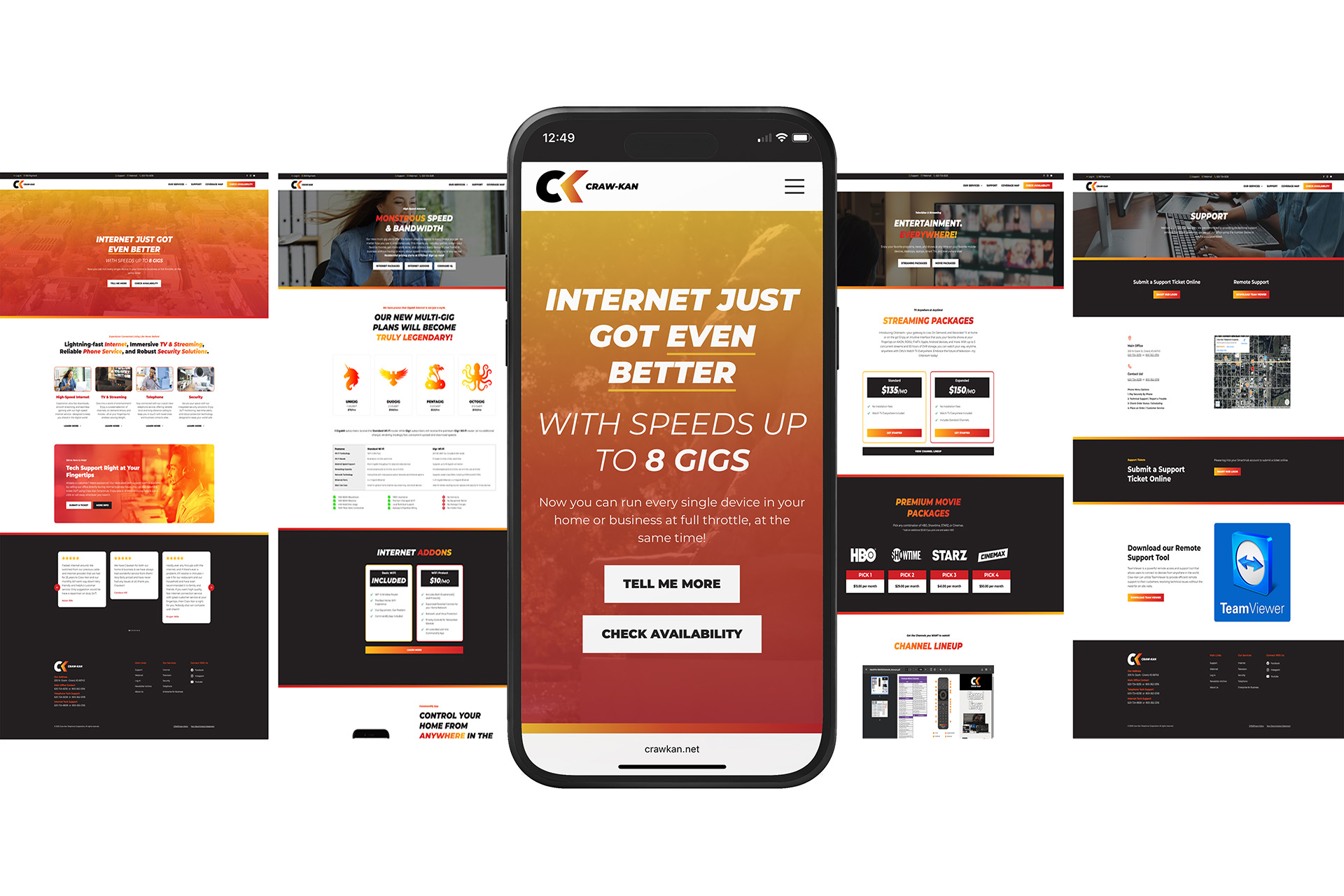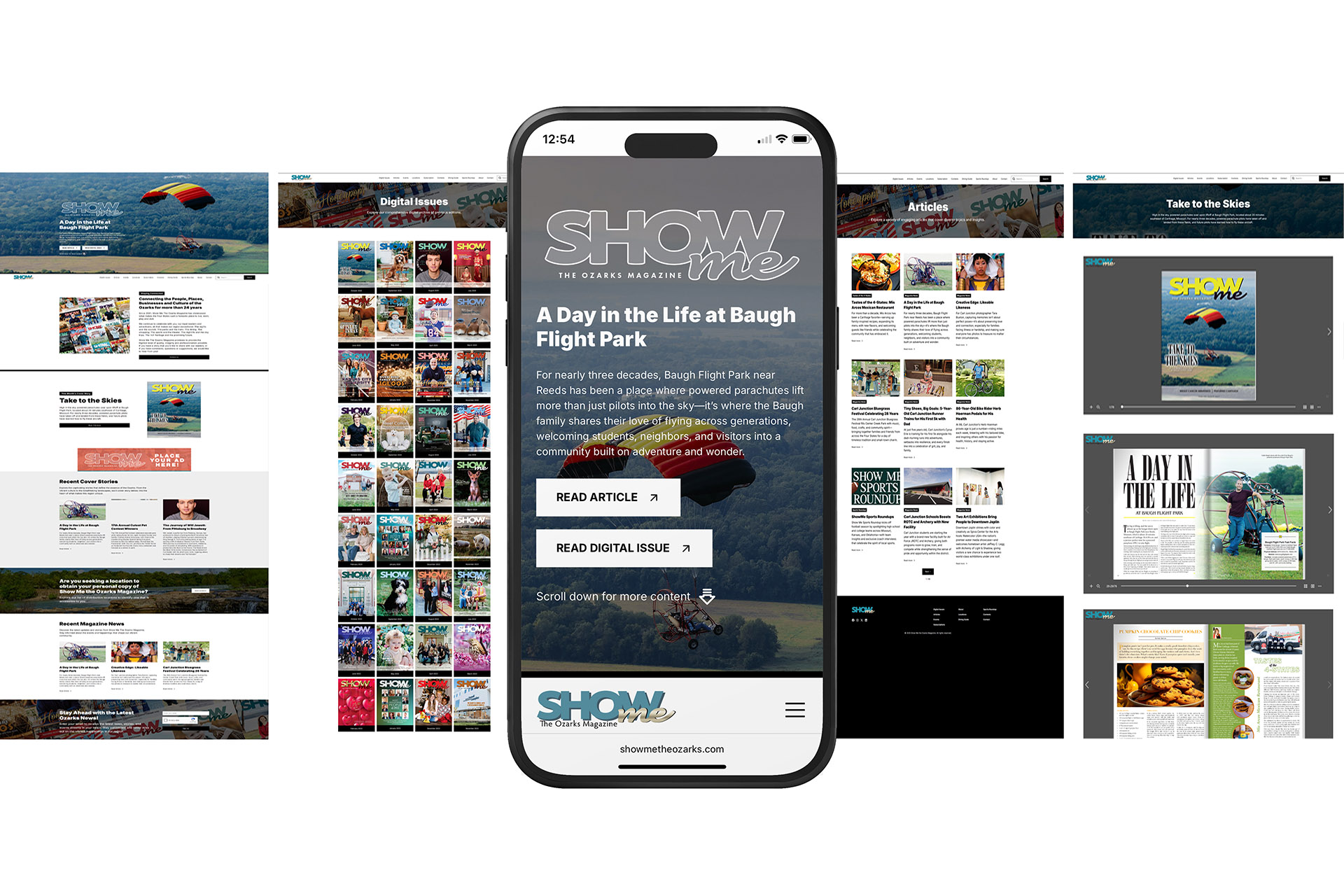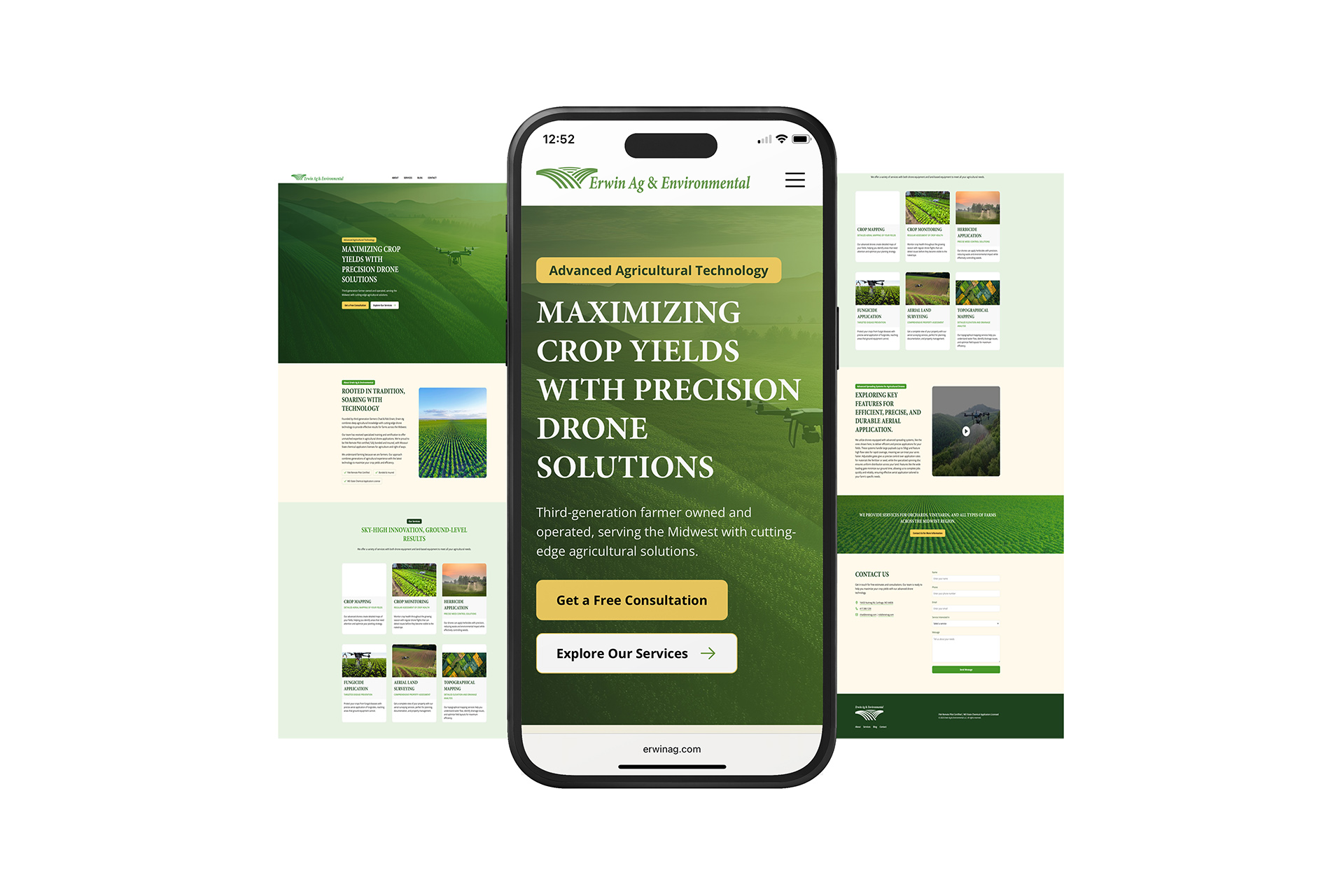Have a website that enhances your business
Storm Cloud Marketing helps businesses plan, develop and optimize effective websites.

How important is my website?
How large of a role your website should play depends on your industry, product, service and customer. We see some industrial businesses use a very basic website just to establish credibility, while, at the other end, many online businesses do all of their business on their website.
If you've been asking yourself "what can my website do for me", you've been asking the wrong question. You need to be asking "what can my website do for my customers and potential customers". What actions could your current customers be taking on your website instead of offline or through somewhere less convenient? Would it make their life easier? Provide a better experience? What about potential customers? What are they doing online? Can (and should) you be offering that so they use your site more? How can you connect all of this to driving business goals?
Unfortunately, it's easy to get caught in the trap of building a website just to have a website. Without a clear picture of what your website should be designed to do, you end up wanting something "basic", and there are plenty of web design firms who are happy to take your money without taking the time to make sure it's what you really need. When that website reaches the end of its shelf-life (because it's too slow, uses outdated technology or is just outright broken), you end up paying for a new version of the same old website. That's not helping your customers, potential customers, or your business.
Storm can help you build the website you should have
Storm helps you plan your website experience
- We help you define needed functions for each customer type.
- We guide you to refine messaging that speaks to each customer type.
Storm develops your new website
- designing your theme and structure to your brand specs.
- applying your messaging and assets to each page.
- creating any new functions needed.
- testing the flow of each experience
Storm helps you optimize your website experiences
- monitoring the effectiveness with Google Analytics.
- using data as a rudder for recommending changes
- applying website updates for improvement continuously.

we've helped hundreds of businesses build website experiences
At Storm, we're marketing strategists before anything else. Though advancements in technology have constantly shaped the tools we've used and approaches we've taken, the goal has always been to build user experiences that drive business goals.
For a long time, WordPress was the best tool available to accomplish this. It allowed us to minimize time recreating the wheel, be automatically responsive for all devices, and with plugins built for WordPress, we had tons of options for extending functionality. WordPress came with the pains of slow load times and high likelihood of breaking (when plugins update and mess with something other plugins use), so when Webflow came along, we were ecstatic.
Webflow allows us many of the same design benefits that WordPress did, but load times are lightning fast, the risk of breaking because of plugin updates disappears (because it's not plugin-driven), and it comes with a CMS for easy-as-pie client-side updates of basic website content.
How it works:
You talk. We listen.
Schedule an Intro Call to tell us about your current website experience and business goals.
We recommend an action plan.
Our team brainstorms, applying experience and research to build an action plan.
With website development, that recommended action plan will include guided sessions for user journey planning and messaging refinement (unless you already have these nailed down).
We develop, launch, then optimize your website!
Once you approve an action plan, we deploy our teams to execute related tasks.
We present the design to you for feedback, revising to your specs.
We help launch your new website!
We help monitor website experience outcomes and make recommendations for improvement as-needed.

Get started today!
Schedule your Intro Call with our team.








